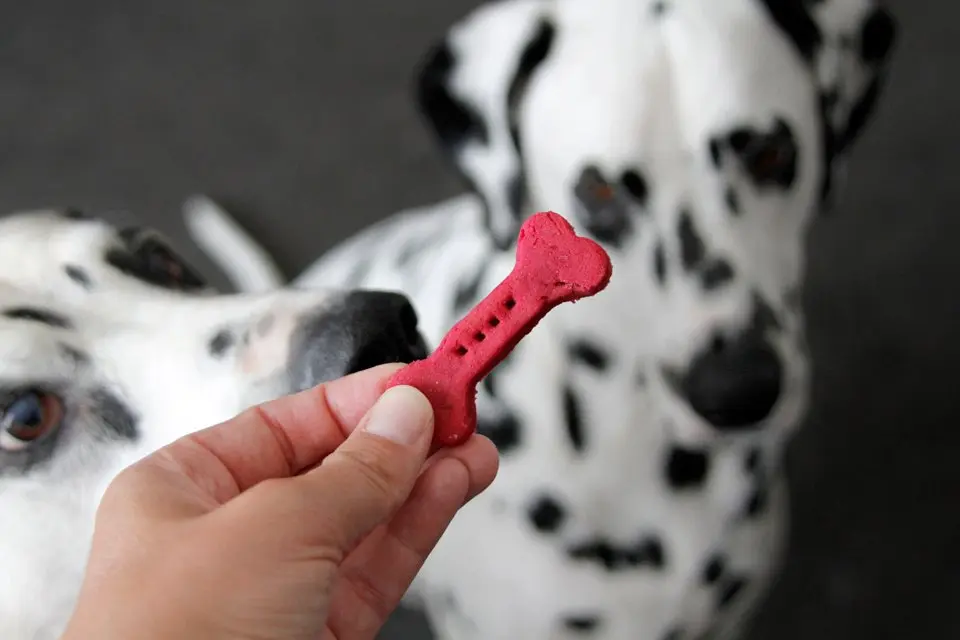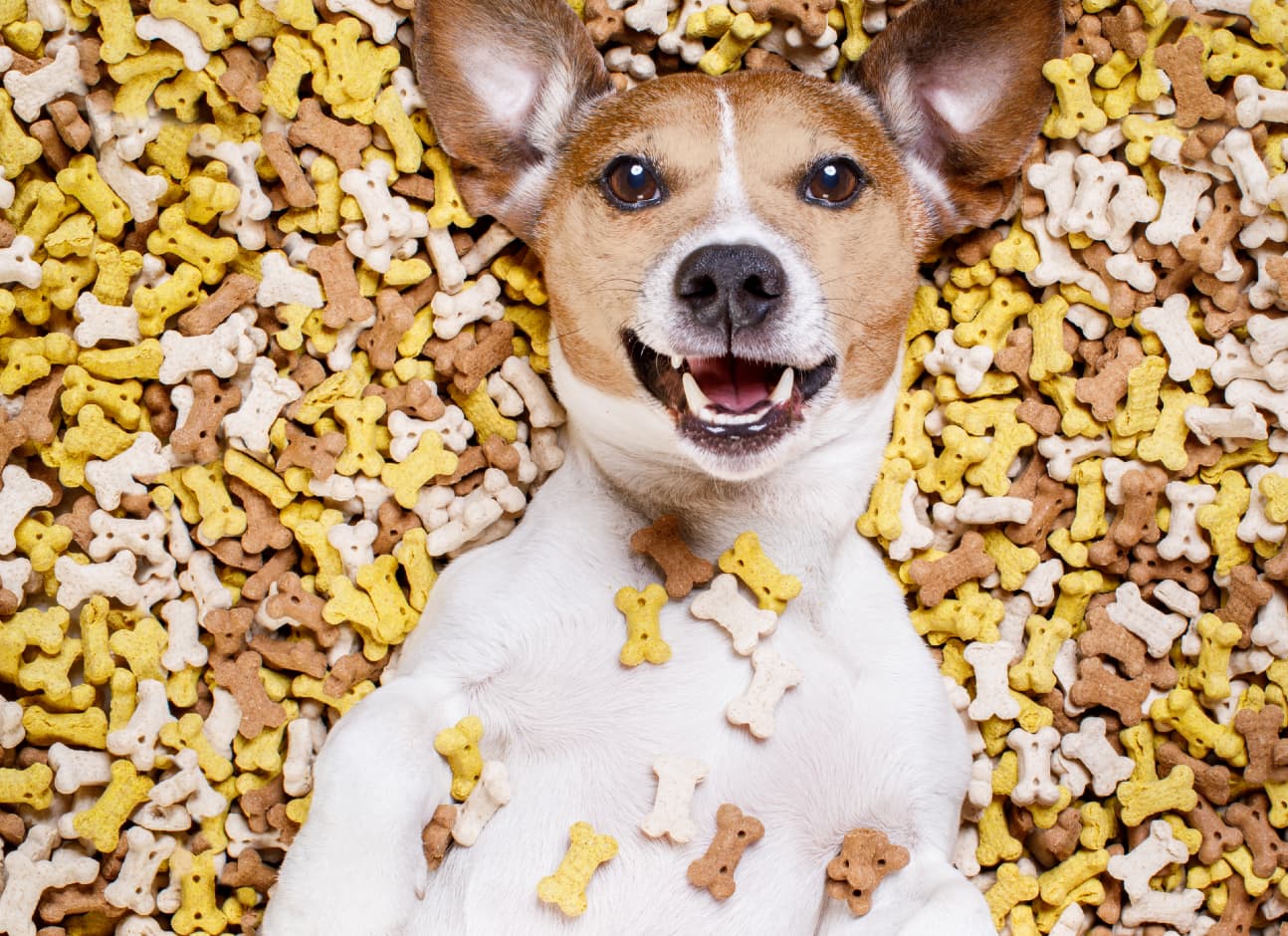Reviewed by Dr. Sarah Yosry
Updated on 08/21/2024
Reading time 5 min.
Overview
Severity: Low
Life stage: All
Most food, both for humans and dogs, is processed. The processing affects the natural state of food by eliminating microorganisms, extending its shelf life, and enhancing its appearance. Without food coloring, most of what we consume would be gray.
However, is food coloring safe for canines? What is inside? The colors are included for our benefit, as our dogs cannot perceive them. Dogs do not require them and have little nutritional value; therefore, it begs the question: why bother? Although it is typically safe for dogs to consume food coloring, you may wish to avoid it.
What’s inside Food Coloring?
Initially, artificial food colorings were manufactured from coal tar. Currently, synthetic food colors are sourced from crude oil or petroleum. Tests are conducted to confirm that the final items contain no residues of petroleum.
Blue No. 2, the same indigo dye used to tint denim, is a culinary color made from plant-based ingredients. Other natural pigment sources include the Indian plant turmeric and the insect extract cochineal, which imparts a red hue.
Are food dyes safe?
Food coloring has a checkered past in the food industry. Companies were not always honest and open, frequently utilizing food coloring to conceal food degradation and discoloration. Some colors contained toxic substances such as lead and arsenic, exacerbating the problem.
The Food and Drugs Act of 1906 subsequently prohibited hazardous food coloring. The permitted food coloring was derived from coal tar. This coal tar dye was also outlawed in the 1950s, which led to the Color Additives Amendments of 1960, which imposed strict regulations on the use of color additives in human and animal meals.
The Food and Drug Administration (FDA) regulates all food colorants.
There are fewer than ten certified hues, and only colors derived from natural pigments in plants, minerals, and animals are permitted. Additionally, the FDA limits the proper amount of food coloring and its disclosure on the packaging.
Are colorings present in dog food?
FDA-approved colors are safe for use in human and animal foods when used as prescribed. Some food colorings have been demonstrated to be harmful in excessive doses. However, these do not include FDA-approved colors, which must be used in more significant quantities.
The Federal Food, Drug, and Cosmetic Act state that the Association of American Feed Control Officials (AAFCO) permits color additives in pet food.
Any dye, pigment, or substance can impart color when added or applied to food, medication, cosmetics, or the human body.
Includes compounds that provide color to meat, milk, or eggs when fed to animals.
It contains chemical and food-like compounds
All recognized color additives for pet food are “artificial” per definition and FDA standards.
Natural colors, such as those originating from plants, minerals, algae, or animals, are exempt from certification. Additionally, colors must be labeled and listed.
According to the FDA and AAFCO, color additives in dog food are safe. According to a few studies, dogs are more likely to be allergic to proteins than food coloring. Nonetheless, this topic has not been thoroughly studied.

Conclusion
Generally, food coloring is acceptable for dogs to consume orally or topically. Numerous dog meals contain both artificial and natural color additives permitted by the FDA. The scant research in this field suggests they are safe for human and animal consumption. The decision to use food coloring for your dog is ultimately yours.
If you need a consultation with an experienced veterinarian, visit one of Modern Vet’s clinics!
Share this, choose your platform!
Writen by
Dr. Sarah Yosry
DVM
A product of a rich Australian/Egyptian heritage, Dr. Sarah Yosry stands as a testament to the union of diverse cultures and a shared love for animals….


